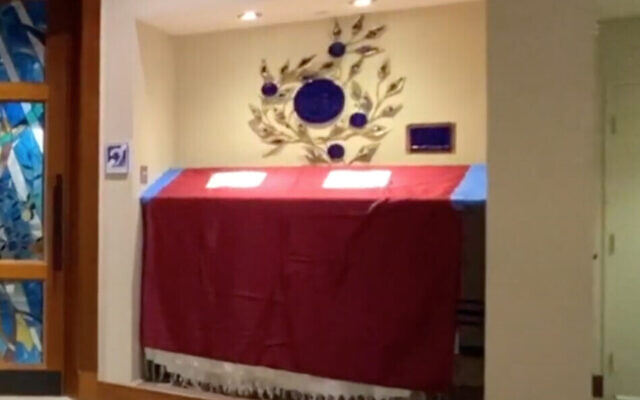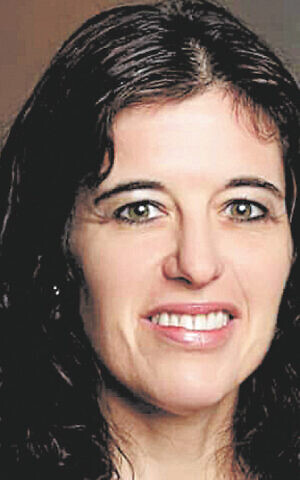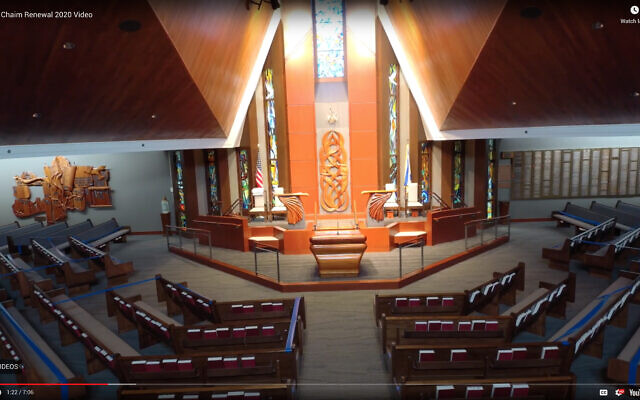Bird’s Eye View of Services
AJT staff and correspondents share their personal experiences or those of Atlanta Jewish synagogue members, whether at home, poolside, backyard or from inside the sanctuary.
As a lead usher at Congregation Etz Chaim, I was among 50 people who played a role in the high holiday services, given permission to attend in person as others watched online from home. While I stayed in the back of services, those approved to attend were spaced out the prescribed 6 feet, and only families could sit together. The spots were carefully designated with blue tape and name tags on the pews.
A sign on the synagogue door states masks must be worn. They were provided for those who forgot. Temperatures were taken as attendees entered, although I don’t believe anyone registered too high a degree.
Hand sanitizer was available at all sanctuary entrances and on the bimah. The newly created “health and wellness gabbai,” primarily Executive Director Marty Gilbert, sanitized the podiums and microphones on the bimah before a new person or family took a turn leading a portion of the service. A posted sign indicated that anyone taking a kippah should not return it to the bin. Congregants also brought their own prayerbooks and tallitot. Those who borrowed, returned the items to the ushers or maintenance staff.

The vast majority of those in attendance throughout the High Holy Days participated in services, mostly for Torah services, along with shofar blower Stan Fineman, who tooted the ram’s horn on the second day of Rosh Hashanah. The shofar end was encased in the standard disposable light blue mask.
Being in shul was a powerful experience for me, although eerily quiet of course. Even my longtime volunteer usher position took on a new form as I guided congregants to seats instead of primarily monitoring when they could enter the sanctuary. Its doors remained open to help with air flow.
In speaking with a number of Atlanta Jews who watched services from home, I learned they enjoyed being able to tune in when they liked, grab a snack during the Rosh Hashanah service, and observe from their living rooms in casual attire, to say the least.

Congregants also were permitted to attend one of the synagogue’s handful of live and outdoor shofar-blowing Tashlich services on Rosh Hashanah day two, as long as they were among the first 50 to sign up at each site. I attended at East Cobb Park, where recent college grad Amanda Miller blew the shofar as she’s done during past years and for online minyanim before the holiday.
Just days before Yom Kippur, on Shabbat, Etz Chaim had difficulty with its livestreaming “due to circumstances beyond their control,” Gilbert said. But most of those issues were resolved by the holidays, and viewers were able to enjoy the services without issues.




comments